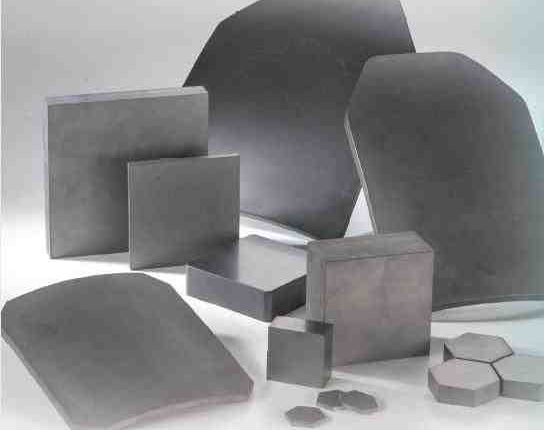Metal-Organic Frameworks (MOFs): The Future of Gas Sensing and Energy Storage Technologies
Metal-Organic Frameworks (MOFs), a class of compounds consisting of metal ions or clusters interconnected by organic linkers, are creating waves in the fields of gas sensing and energy storage. Their unique structural and functional properties have led to their increased utilization and advancement in these areas.

Metal-Organic Frameworks (MOFs) in Gas Sensing
Gas sensing is an area where MOFs have shown incredible promise. Owing to their high surface area, adjustable pore size, and open metal sites, MOFs are excellent materials for chemiresistive gas sensors. They can effectively sense various gases, making them highly applicable in industrial gas detection and volatile organic compounds (VOCs) monitoring.

MOFs’ gas sensing performance is largely correlated with their structure, specifically the metal nodes and organic linkers. The synthesis of MOFs allows for the introduction of functional groups, thereby creating sensing materials with targeted properties. MOF-based chemiresistive gas sensors can detect the target gas based on changes in resistance, highlighting their potential as smart sensing devices.
MOFs in Energy Storage
Beyond gas sensing, MOFs also play a crucial role in energy storage and conversion. MOFs have emerged as promising materials for lithium-ion batteries and electrochemical energy storage devices due to their high porosity, tunable structure, and exceptional conductivity.
MOFs’ energy storage performance largely hinges on their unique features such as the ability to store energy in an environmentally friendly manner and their suitability as a framework host for sulfur storage. Their metal sites and organic linkers can be strategically designed to enhance the performance of energy storage technologies.
Furthermore, MOFs can serve as precursors for deriving materials with advanced properties. For instance, MOFs derived from metal–organic frameworks possess significant energy storage and conversion potential. These advances are propelling MOFs to be the candidates for next-generation energy storage devices.
Applications of MOFs in Gas Sensing and Energy Storage
MOFs’ potential extends to various practical applications, including gas storage and separation, energy conversion, and the development of functional materials for various industries. In gas sensing, MOF-based devices offer enhanced sensitivity and selectivity. For energy storage, MOFs can provide high energy density and fast charging capabilities.
Moreover, advancements in the synthesis of MOFs have resulted in the creation of 2D MOF materials and MOF thin films, which show great promise in sensing applications and energy storage applications respectively. With their unique properties, these MOFs can revolutionize both the fields of gas sensing and energy storage.
Conclusion
The world of MOFs is vast and brimming with potential. These materials, with their incredible ability to sense gases and store energy, are transforming industries and shaping the future. The exploration and application of MOFs in gas sensing and energy storage illustrate the enormous possibilities that lie within the MOF framework, and we can expect even more exciting breakthroughs in the years to come.




Comments are closed.